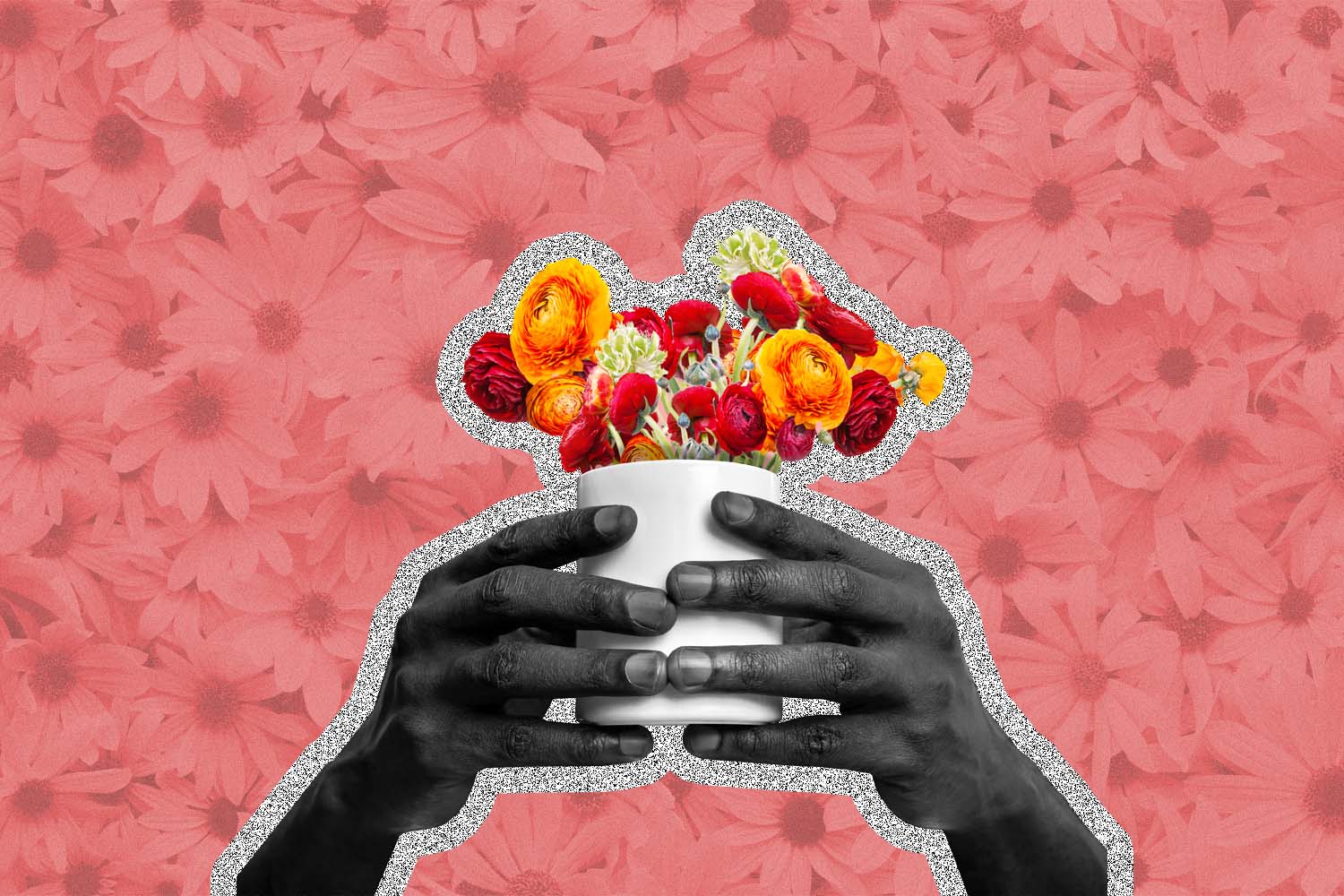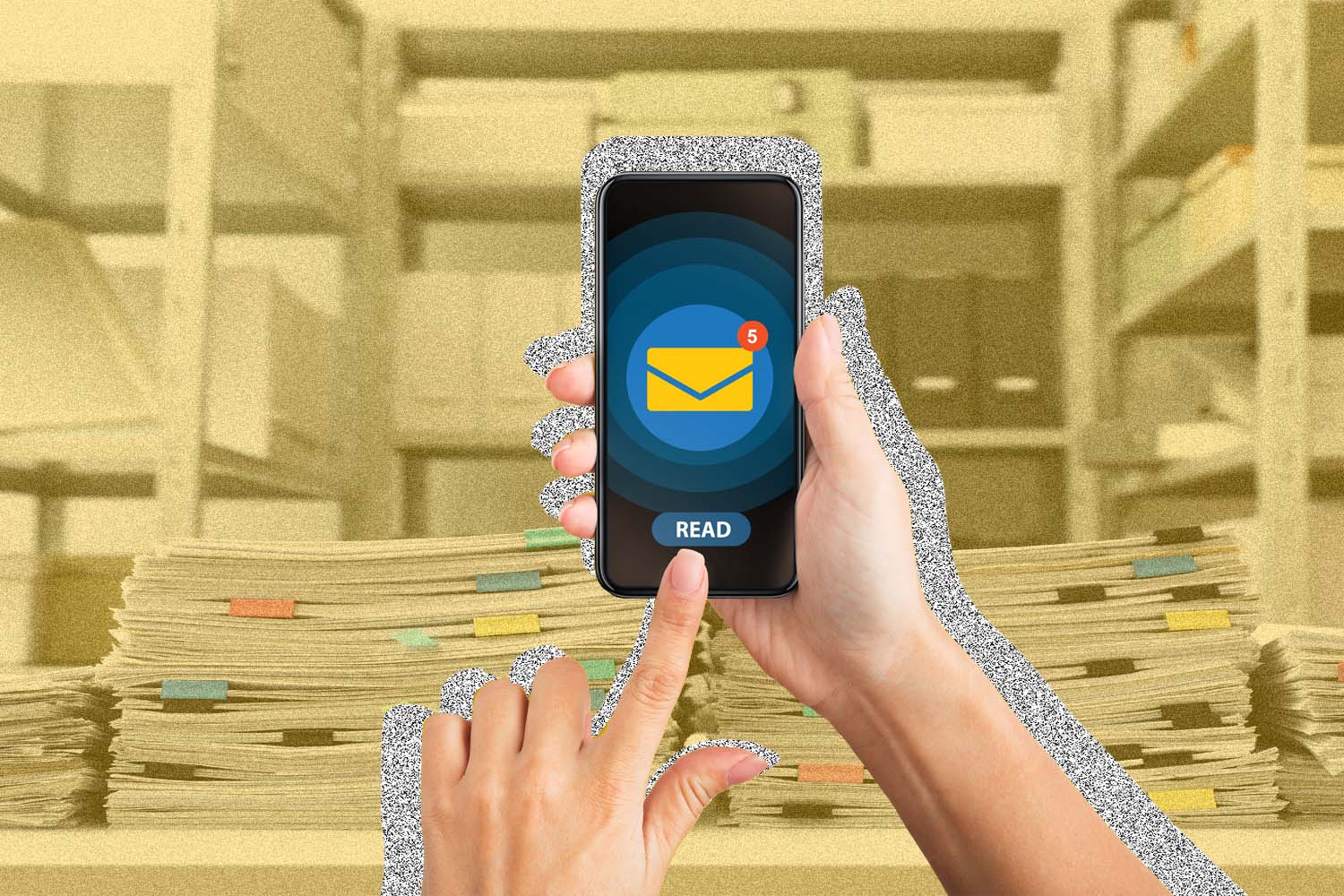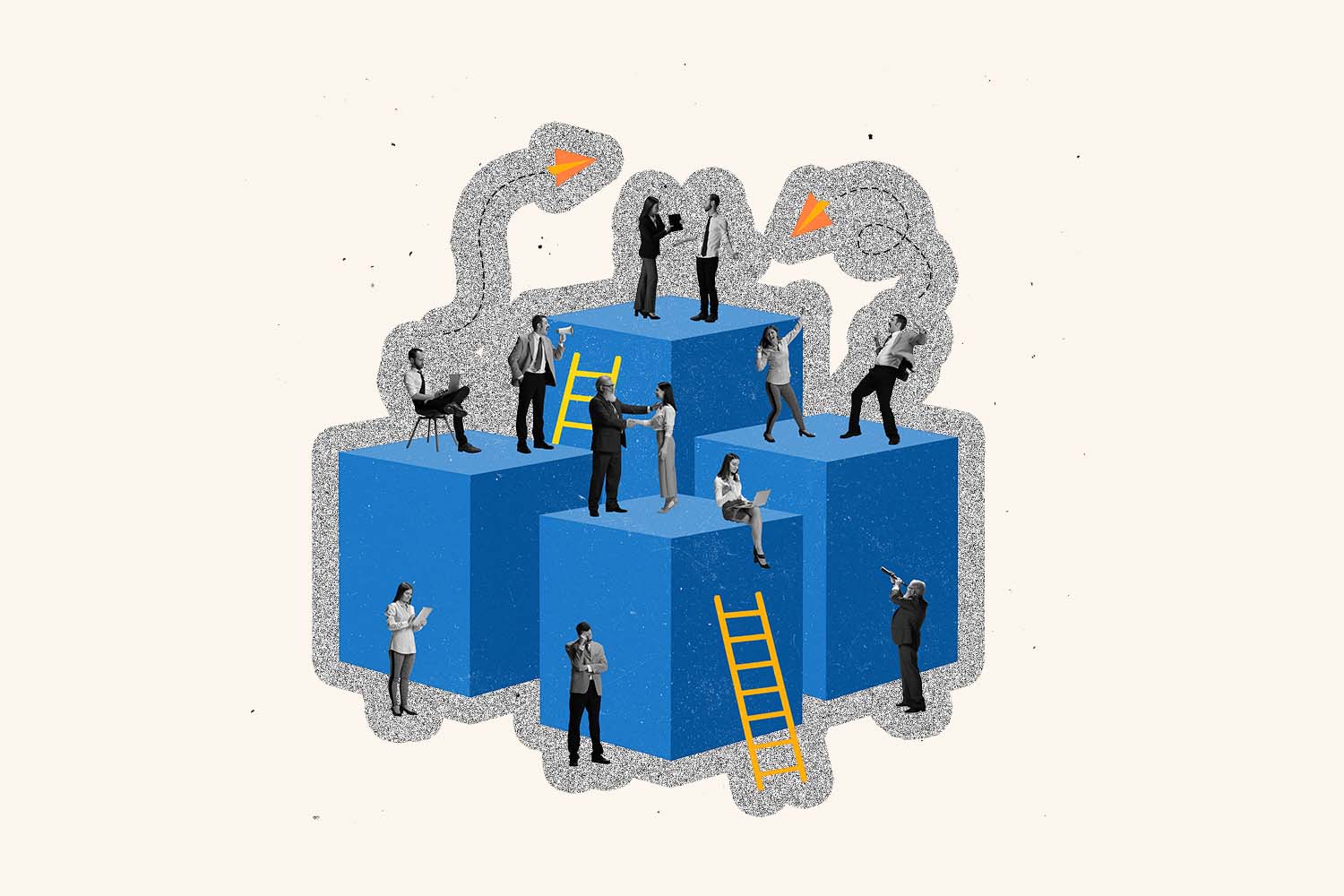It is no secret that a well-planned and successful ambassador program can positively impact brand image. In fact, marketers consider these programs to be the most effective form of influencer marketing — more so than affiliate links, sponsored content, event coverage, and product reviews.
Individuals who are already followers and customers of your company make the best ambassadors, as they are able to authentically communicate what they love about your brand — not just get paid to showcase a product. And when your brand’s ambassadors are able to extend their reach to the underrepresented communities they’re a part of, it fosters inclusion, creates allyship, and builds trust among your audience.
Take, for instance, Sephora’s #SephoraSquad of diverse beauty enthusiasts, who post makeup tutorials for all different skin types, break gender barriers, and appeal to multilingual audiences. Or the XBox Ambassadors program, in which experienced gamers encourage fellow gamers of all levels and ages to promote a welcoming community. Both programs’ initiatives are increasing diverse representation and inclusion among their brands’ audiences through channels that are more genuine than corporate-led messaging.
These and other big-name consumer brands often require an application process for hopeful ambassadors and significant social media follower counts to make the cut. Ambassadors are rewarded with highly visible opportunities to increase their own following, compensation and free swag, and even mentorship and professional development opportunities.
But ambassador programs are not only for the titans of the business-to-consumer industry. Educational institutions, governmental agencies, and nonprofit organizations also establish programs aimed to increase their exposure, engage with different communities, and work toward long-lasting social change.
These programs often take unique structures to achieve organizational objectives, from partnering with celebrity ambassadors who raise awareness around global causes in UNICEF’s Goodwill Ambassadors program to working with student STEM Ambassadors at Georgia Southern University who promote interest in STEM careers by visiting local schools.
But no matter your organization’s objective, you must take an intentional and genuine approach when incorporating diversity in representation into your ambassador program.
Here are a few questions to consider before you get started.
1. What are you trying to accomplish with your ambassador program, and who are you looking to reach?
DEI leaders, your organization’s ambassador program, often run by the marketing team, is another important project that demands your insights. Partner with leaders in marketing to lead an intentional, genuine effort to incorporate diversity into the ambassador program.
Maria Rives, social media manager at Florida International University, says her team was struggling to create content that showcased the university experience from the student perspective. An ambassador program that focused on content creation was developed, called #FIUcreators. By equipping students with the resources they needed — university merchandise, branded materials, mentorship — Rives says they were able to not only increase their social media presence with authentic content showcasing students’ “Panther Pride” but also gain valuable insights for the brand.
She explains that getting into “their mindset and what they’re thinking, how they act, and what they like does help us a lot,” noting the barrier they previously faced between Gen Z students and FIU’s staff.
In fact, they noticed that ambassadors leaned toward a specific brand of merchandise that wasn’t commonly sold in the bookstore. Students saw the ambassadors wearing the university merchandise in their social media posts, and once the bookstore stocked more of it, it sold out quickly.
Not all ambassador programs are created with DEI top of mind, and Rives says the diversity within the group of #FIUcreators developed organically based on who applied. As these ambassadors post about their experiences at FIU on their social media channels, they’re engaging diverse audiences of prospective students — some of whom, Rives says, leave comments expressing how excited they are to become a Panther.
Rives says they plan to expand the #FIUcreators program to continue to cultivate authentic engagement opportunities with their audience of current and prospective students.
2. What underrepresented or marginalized voices are missing among your audience, and how can you build bridges with these communities?
When building your roster of ambassadors, it’s important to include not only your most engaged customers and community members but also individuals from groups that are underrepresented. Brand ambassadors from marginalized communities can help to build bridges with fellow community members and provide deeper insights into the obstacles they face and how you can better serve them.
At the City of Sacramento, a governmental organization, the Neighborhood Development Action Team (NDAT) was formed in 2019 to pursue more inclusive economic development initiatives. Senior planner Elizabeth Boyd explained that she and her team realized many segments of the city’s population did not attend meetings and events organized by the city and were, therefore, unable to access the resources available to them or participate in the success of the economy.
To build bridges with those communities, Boyd said she and her team realized, “We need to connect to people that are already connected in the neighborhood.”
They established the NDAT Community Ambassador Program and appointed six ambassadors who are each active members in their respective marginalized communities in the Stockton Boulevard area: the African American community, as well as Vietnamese, Hmong, Spanish, Cantonese, and Mandarin-speaking communities.
These ambassadors connect with their community’s business owners and residents and plan events aimed to create engagement and share resources. At monthly check-ins, ambassadors provide insights into what’s being discussed in their communities.
“People are able to participate at their own level,” says Boyd. “We’re going to them; we’re speaking their language.” And the City of Sacramento is gaining valuable insights, such as learning of community members’ concerns around housing, which prompted the city’s housing policy manager to speak on the topic at a community meeting.
Boyd says they plan to expand the program outside of the Stockton Boulevard area in 2023, bringing on 18 ambassadors to continue building bridges and increasing their inclusive economic development impact.
3. Should you combat a high entry barrier with a nontraditional ambassador program that fosters mentorship and allyship?
Entry barriers for potential clients or customers can be linguistic, financial, psychological, emotional, physical, cultural, systemic, organizational, or attitudinal. By identifying the entry barriers to your product or service, you can build your ambassador program to help people overcome them.
Increasing diverse representation within your ambassador program to connect with communities and individuals experiencing these entry barriers is only the first step, however. Without giving intentional thought to how these connections will develop can come across as disingenuous. For instance, if the industry your brand is in lacks diverse representation to begin with, providing mentorship and allyship should become the priority.
Upon joining SCARPA as director of marketing and communications, North America, Melanie Hood says she and CEO Kim Miller had discussions about how to increase diversity in the sports they served.
SCARPA, an Italian performance footwear company for rock climbers, mountaineers, and skiers, sponsors professional athletes, some of whom are from marginalized communities. But Hood notes that the pool of diverse professional-level athletes is rather small. “The biggest thing we wanted to make sure was that we weren’t tokenizing anyone — we didn’t want to bring an athlete on just because of the community that they were part of,” she explains.
So, to help more athletes get to the professional level, they developed the SCARPA Athlete Mentorship Initiative, also called SAMI. In the program’s first year, Hood and her team reviewed 300 applications, choosing 31 mentees from historically marginalized communities who they paired with 31 mentors.
In addition to having athletic goals, many mentees had community-driven goals and they were paired with mentors who had experience developing community initiatives. Surveys throughout the program, as well as information in the initial applications, provided insights into the challenges mentees were facing and how to help them reach their goals, including the topics and speakers SCARPA planned for the program’s monthly calls.
Among mentees in the program’s first year included Eddie Taylor who, along with a group of African American athletes, created the Full Circle climbing team and became the first all-Black expedition to summit Everest; Patrick Dunn, who created an LGBTQ guiding company called OUT In the Wild; and Shara Zaia, whose climbing meet-up group in the Denver area called Cruxing in Color grew from 20 or so people to around 120 people all from historically marginalized communities.
Unlike ambassador programs, SCARPA’s SAMI mentees are not required to post on social media about the organization or participate in promotional opportunities. Hood says, “When they did post, it was truly authentic, and I think their followers and their communities felt that.”
Going into the second season of the SAMI program, many original participants have chosen to stay involved — some have continued their own mentor-mentee relationships while other mentees have transitioned into support mentors for the new group of mentees.
The program has not only provided a space for aspiring professional athletes to develop and learn, but SCARPA has benefited from organic media visibility and valuable insights into how people are using their products. By approaching their mentorship program with the motivation to connect athletes from historically marginalized communities and help them reach their goals, instead of seeking to achieve results for the brand, Hood says, “it gave us authenticity in communities that we wouldn’t necessarily be authentic within otherwise.”
Finding answers to these three questions and developing a program that is diverse and authentic is not a simple task. “Diversity” and “equity” are buzzwords in today’s business landscape, and any efforts toward improving DEI must be genuine and intentional if they’re going to make an impact.
A brand or organization with a history of exclusion will not change its image overnight with an ambassador program. And it may seem disingenuous to underrepresented and marginalized groups when previously singular race or gender-dominated programs are suddenly stacked with underrepresented and marginalized people. Further, if your company has a high entry barrier to begin with, simply adding diversity to your ambassador program likely won’t be enough to achieve inclusivity.
Both Boyd and Hood note the importance of listening to what the community you’re looking to serve wants and needs. “Don’t create a program for folks when their voice isn’t at the table,” Hood advises and says to, “be aware that there is a power imbalance.” To address this imbalance, consider including an outside consultant to ensure your ambassadors or mentees have a safe place to give their feedback to guide improvements and adjustments to the program along the way.






